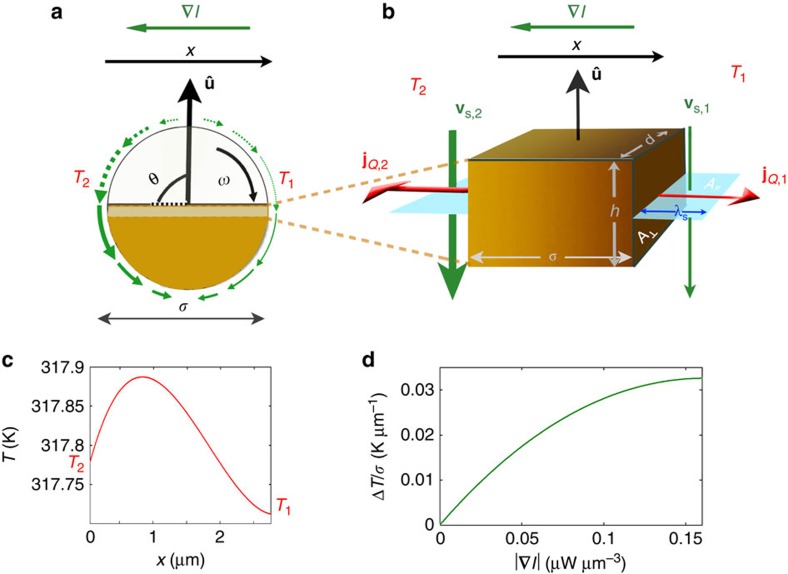Figure 6. Saturation of the aligning torque.
(a) Schematic of an active Janus particle in a non-uniform light field with gradient ∇I. The inhomogeneous illumination leads to different temperatures T2>T1 at the two sides of the particle cap, which is approximated by the brighter region in the middle of the particle. The resulting asymmetric slip velocity profile (indicated by green arrows) induces an angular velocity ω. (b) Close-up view of the particle cap in the effectively one-dimensional model. As the local slip velocity vs increases with higher illumination intensity, the advective coupling between the solvent and the heat flux jQ through the particle surface A⊥=dh leads to a higher flux at the left side of the particle (jQ,2>jQ,1). (c) Resulting temperature profile T(x) inside the particle cap and (d) corresponding temperature gradient between the two sides of the particle as a function of the intensity gradient according to equation (27). This reduced temperature difference leads to the observed saturation behaviour of the phoretic torque. The values of the various input parameters for the theory correspond to the experimental data or are obtained from literature61,62, respectively (Cc=500 J kg−1 K−1, Cf=4,200 J kg−1 K−1, ρc=2 × 103 kg m−3, ρf=0.99 × 103 kg m−3, α=1.5 K m2 J−1, κ=0.4 W K−1 m−1, λs=180 nm, h=20 nm, γ=1.1 × 105 s−1, b=10−9 m3 W−1 s−1, I0=1 μW μm−2, v0=12 μm s−1).

